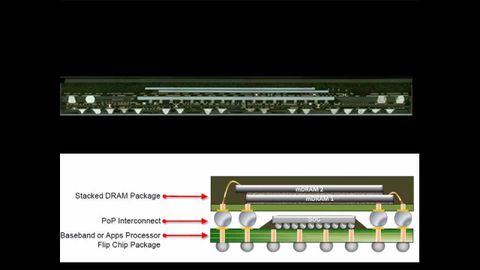iPhoneの半導体ICのパッケージング:その1 (Packaging of semiconductor ICs in an iPhone : part 1)
Peter Yang が 2021 年 01 月 14 日 に投稿  この条件に一致する単語はありません
この条件に一致する単語はありません- v.t.欠ける;砕く;チップショットを打つ
- n. (c./u.)小片 : 切れ端;チップ;フライドポテト;(ゴルフの)チップショット
- n. (c./u.)ダンスパーティー : 舞踏会;ボール : 球
- v.i.(電気が)短絡する : ショートする
- n.ショートすること
- adj.短い;短時間の;ぶっきらぼうな : 不愛想な
- adv.不足して;急に
- v.t./i.公開する;開始する;開けます;開く;始める
- adj.利用可能な;皆から見える;開いている;公開的な;公の;開いている;開いている
- n.オープン : スポーツでプロやアマを問わずに参加できる試合
- prep.〜に開いている;〜のために開いている
エネルギーを使用
すべての単語を解除
発音・解説・フィルター機能を解除

